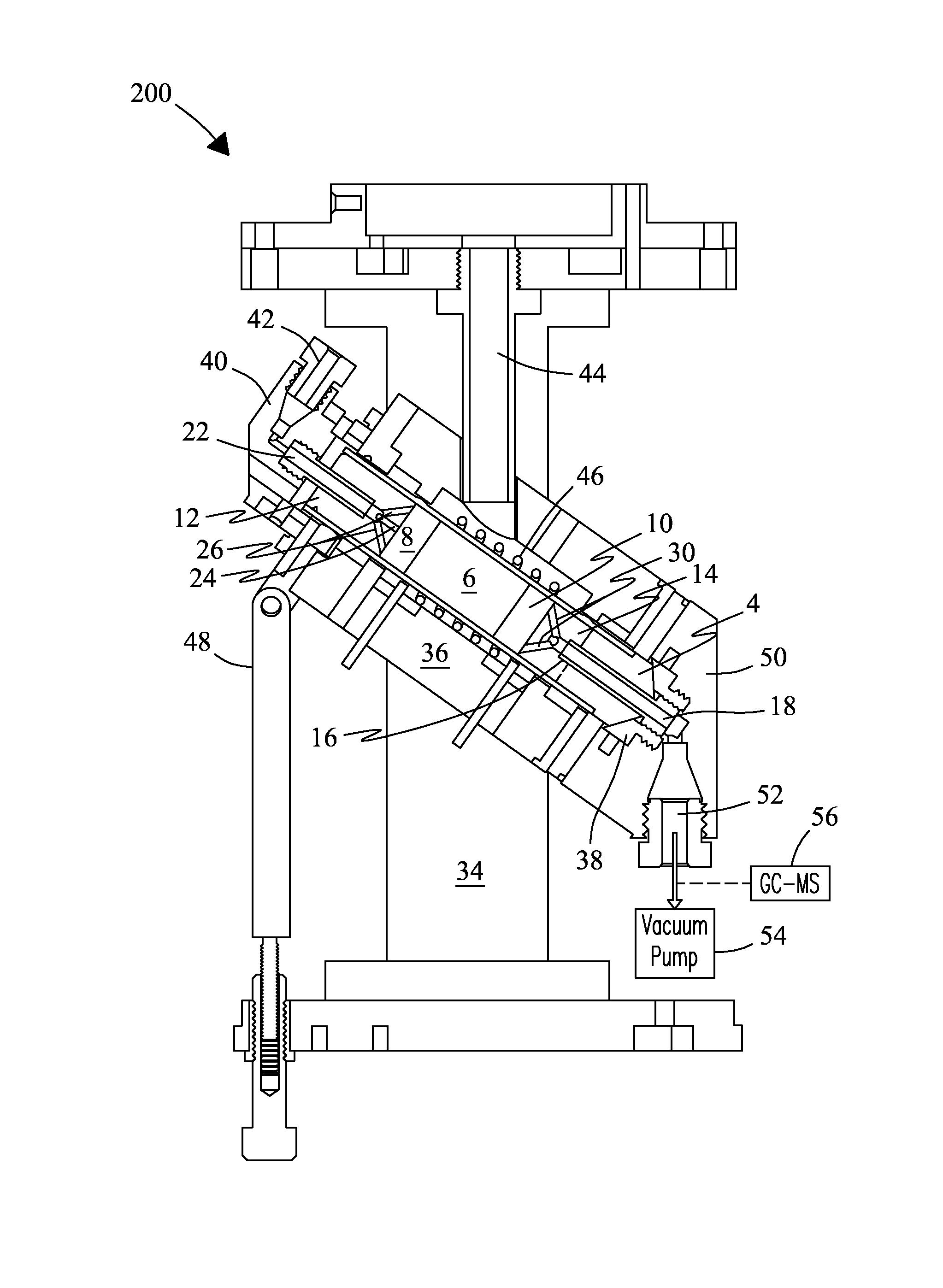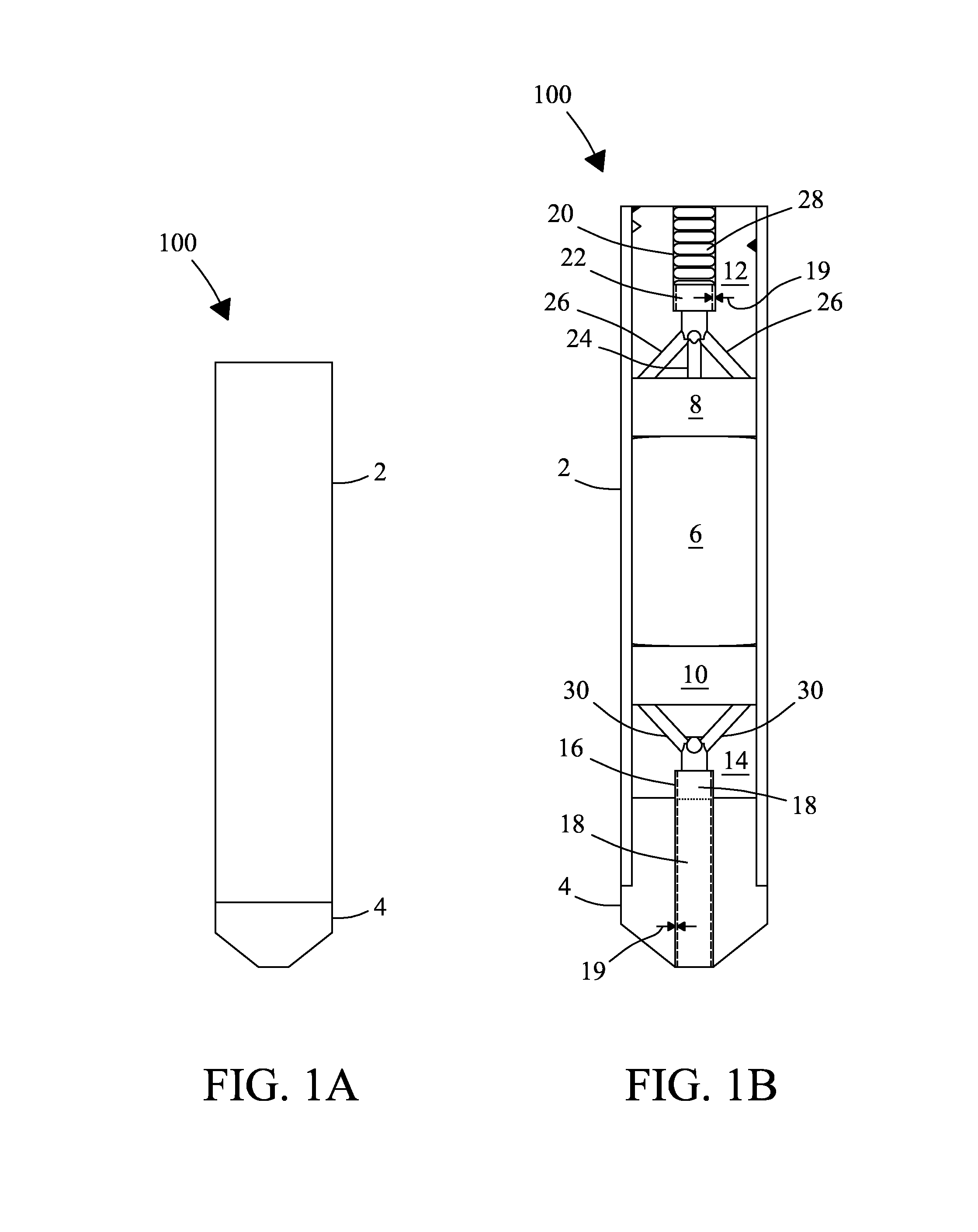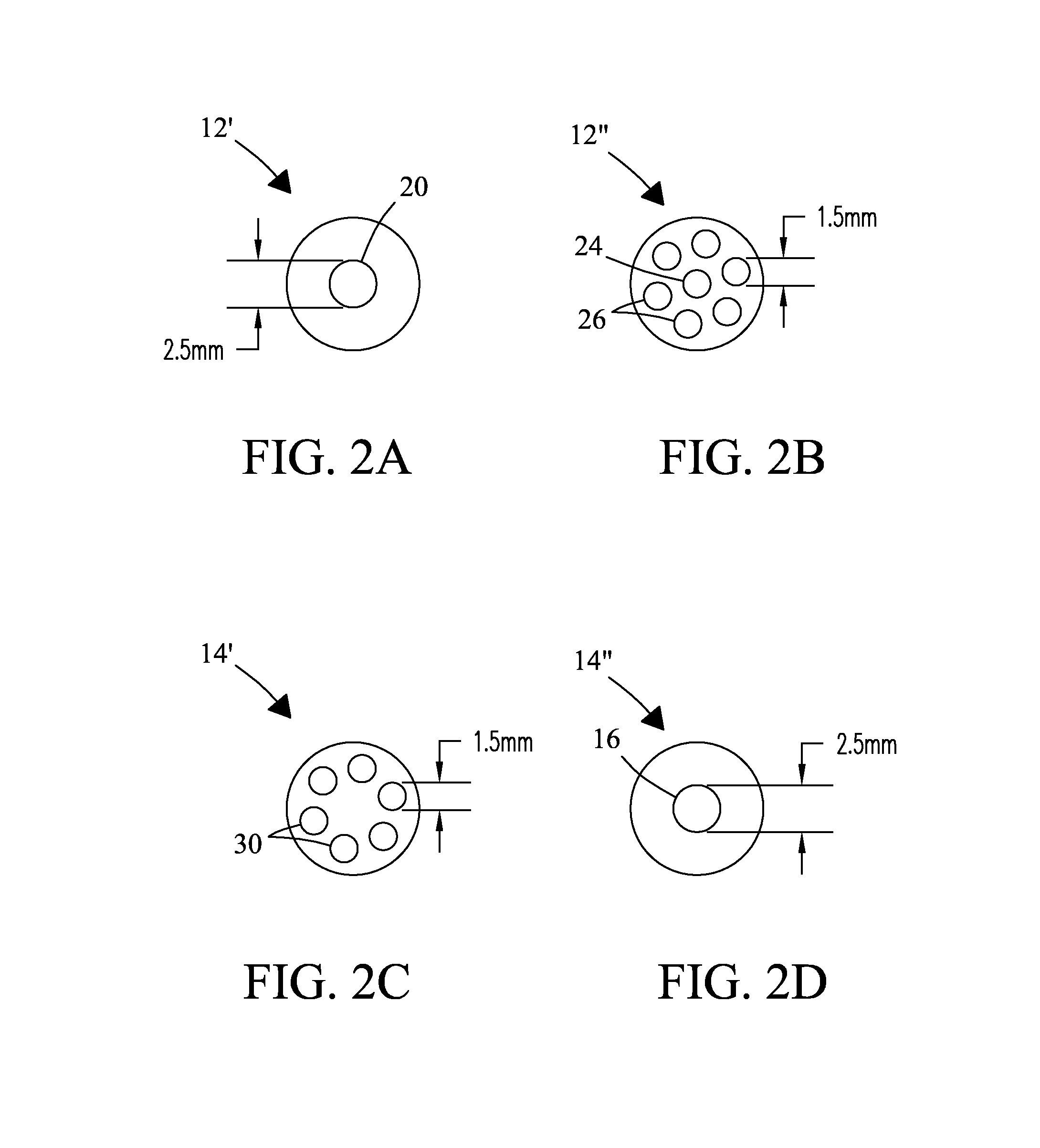Magic angle spinning nuclear magnetic resonance apparatus and process for high-resolution in situ investigations
a nuclear magnetic resonance and magnetic resonance apparatus technology, applied in the field of magnetic angle spinning (mas) nuclear magnetic resonance (nmr) spectroscopy, can solve the problems of single spectroscopic tool insufficient, catalyst reaction in situ investigation has not yet been reported, and the diameter of the mas rotor is larger than the diameter of the mas rotor
- Summary
- Abstract
- Description
- Claims
- Application Information
AI Technical Summary
Benefits of technology
Problems solved by technology
Method used
Image
Examples
example 1
Catalyst
[0077]Heteropoly acid (HPA) [H3PW12O40.nH2O] supported on mesoporous silicalite (e.g., meso-silicalite-1) was used as the catalyst. Synthesis of the catalyst was performed as reported by Liu et al. [in “Characterization of Dispersed Heteropoly Acid on Mesoporous Zeolite Using Solid-State (31)P NMR Spin-Lattice Relaxation”, Journal of the American Chemical Society, 2009. 131(28): p. 9715-9721]. Catalyst properties characterized by XRD, TEM / SEM and 31P MAS NMR spectroscopy were taken from the literature report. Meso-silicalite-1 has a BET surface area of 418 m2 / g. The 28% weight percentage loaded HPA / meso-silicalite-1 has a BET surface area of 285 m2 / g.
example 2
NMR Measurements
[0078]In situ CF-MAS 1H and 13C experiments were performed on a Varian 500 MHz (11.7T) NMR spectrometer with 1H and 13C Larmor frequencies of 500.19 MHz and 125.79 MHz, respectively. A single pulse sequence with proton decoupling was used for 13C observation, and a 90 degree pulse angle with a pulse width of 8 μs and a decoupling field strength of approximately 25 kHz were employed. For 1H observation, a 30 degree angle pulse and a pulse width of 4 μs were used. A sample spinning rate of 3.5 kHz was used for all measurements. Fine powders of meso-silicalite-1 and 28% HPA / meso-silicalite-1 with particle sizes of approximately 5 μm (i.e., ˜5 microns) were used. Meso-silicate-1 or 28% HPA / meso-silicalite-1 at a thickness of approximately 8 mm was packed tightly inside the sample chamber sandwiched between two layers of glass wool and ceramic end plugs inside the CF-MAS rotor. Sample temperature was calibrated using 207Pb MAS NMR using a solid powder of Pb(NO3)2 at a sam...
example 3
Theoretical Calculations and Methods
[0079]Density function calculations were performed using the Amsterdam Density Functional (ADF®) program for molecules (Scientific Computing & Modelling, Amsterdam, Netherlands). Geometries were optimized and isotropic chemical shielding values of the chemical shielding tensor were calculated at the BLYP / QZ4P level of theory. Under these conditions, the calculated 13C isotropic chemical shielding value for Si(CH3)4 (TMS) was 176.3 ppm. Shielding values were converted to the experimental chemical shift scale relative to TMS (0 ppm) according to δ (ppm)=176.3 ppm−δcalculated (ppm).
PUM
| Property | Measurement | Unit |
|---|---|---|
| internal volume | aaaaa | aaaaa |
| diameters | aaaaa | aaaaa |
| diameters | aaaaa | aaaaa |
Abstract
Description
Claims
Application Information
 Login to View More
Login to View More - R&D
- Intellectual Property
- Life Sciences
- Materials
- Tech Scout
- Unparalleled Data Quality
- Higher Quality Content
- 60% Fewer Hallucinations
Browse by: Latest US Patents, China's latest patents, Technical Efficacy Thesaurus, Application Domain, Technology Topic, Popular Technical Reports.
© 2025 PatSnap. All rights reserved.Legal|Privacy policy|Modern Slavery Act Transparency Statement|Sitemap|About US| Contact US: help@patsnap.com



